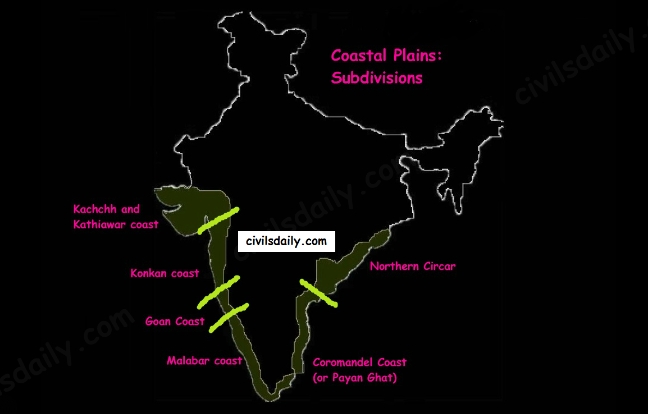Geomorphic History of the Indian Subcontinent
The Indian subcontinent is a land of diverse landscapes and geological features. To understand its geomorphological history is crucial for UPSC aspirants studying geography and geology.
Formation of the Indian Plate
The Indian Plate was once part of the supercontinent Gondwana, which began to break up around 180 million years ago. The Indian Plate separated from Antarctica and started moving northwards towards the Eurasian Plate.
Collision with the Eurasian Plate
Around 50 million years ago, the Indian Plate collided with the Eurasian Plate, leading to the formation of the Himalayan mountain range. This collision caused intense tectonic activity, resulting in the uplift of the Himalayas and the Tibetan Plateau.
Impact of Plate Tectonics
The collision between the Indian Plate and the Eurasian Plate continues to have a significant impact on the geological processes in the region. The ongoing convergence has led to the formation of deep-sea trenches, earthquakes, and volcanic activity.
Formation of River Systems
The geomorphological history of the Indian subcontinent has also influenced the formation of its river systems. The rivers like the Ganges, Brahmaputra, and Indus have their origins in the Himalayas and play a crucial role in shaping the landscape of the subcontinent.
Effects of Monsoon Climate
The monsoon climate of the Indian subcontinent has also played a vital role in shaping its geomorphology. The annual monsoon rains have led to the erosion of rocks, formation of river valleys, and deposition of sediments, contributing to the diverse landscapes of the region.
Human Impact on Geomorphology
Human activities like deforestation, urbanization, and industrialization have also had a significant impact on the geomorphology of the Indian subcontinent. Land degradation, soil erosion, and water pollution are some of the environmental issues resulting from human intervention.
Conclusion
Understanding the geomorphological history of the Indian subcontinent is essential for UPSC aspirants as it provides insights into the geological processes that have shaped the region. The collision of tectonic plates, formation of river systems, and impact of monsoon climate are all factors that contribute to the diverse landscapes of the subcontinent. As aspiring civil servants, it is crucial to have a comprehensive understanding of the geological history of the Indian subcontinent to address environmental challenges and promote sustainable development.

